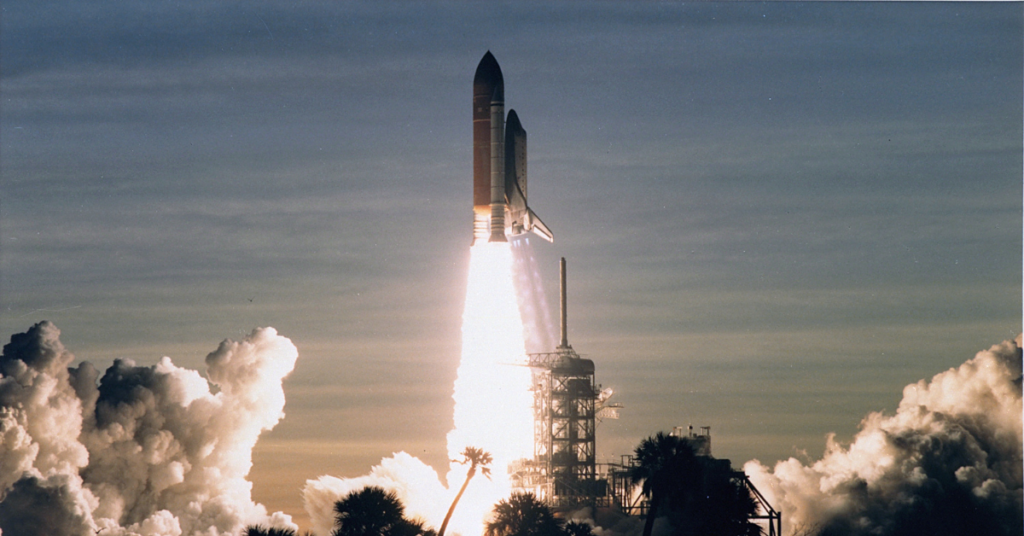NASA and SpaceX are preparing for a fresh commercial resupply mission to the International Space Station (ISS). Scheduled for Monday, Nov. 4, at 9:29 p.m. EST, this will be SpaceX’s 31st mission delivering supplies to the ISS.
The Falcon 9 rocket is set to lift off from Launch Complex 39A located at NASA’s Kennedy Space Center in Florida.
The mission will deliver almost 6,000 pounds of supplies, equipment, and new scientific experiments. These include essential items for the ISS crew and gear for onboard research. NASA’s commitment to consistent support for space exploration remains clear with each mission.
This cargo launch is a unique chance to further necessary research in the unique conditions of space. SpaceX’s Dragon spacecraft will experiment on space weather, plant biology, and material science. Many of these experiments could improve life both in space and on Earth.
One experiment, the Coronal Diagnostic Experiment, aims to study how solar wind forms. Solar wind comprises charged particles emitted by the sun and influences space weather and technology that orbits Earth.
Another fascinating payload is Antarctic moss, which scientists will observe in space. The experiment will test how cosmic radiation and microgravity impact plant life. Because Antarctic moss naturally survives extreme Earth environments, it could reveal new ways plants adapt, which is valuable for sustainable space missions.
This mission will also test cold welding, offering unique insights into a rare phenomenon. In space, metals can adhere without heat, causing cold welding. This process could impact future spacecraft construction and repair techniques, especially on long missions.
The mission also includes a materials science experiment, exposing certain materials to space’s harsh conditions. Researchers hope to learn how these materials react to radiation, vacuum, and microgravity. This data is crucial for developing better spacecraft, protective coatings, and other essential space equipment.
NASA will stream the entire mission live on its new streaming service, NASA+, and the agency’s website. Live coverage begins on Nov. 4, with updates on crucial countdown milestones and liftoff.
For those interested in the science behind the mission, NASA will host a prelaunch media teleconference at 3:30 p.m. EST on Nov. 4. Following the Launch Readiness Review, experts from NASA and SpaceX will provide mission insights and answer questions. Journalists who want to participate must request dial-in information by Nov. 1.
NASA will also stream the Dragon spacecraft’s journey to the ISS. After its 9:29 p.m. launch, Dragon is expected to reach the station by Tuesday, Nov. 5. NASA’s arrival coverage starts at 8:45 a.m. EST, leading up to the spacecraft’s automated docking around 10:15 a.m.
Public engagement for the mission extends beyond just video coverage. Fans can follow mission updates on NASA’s social media channels, including countdown events. Updates will also appear on the International Space Station blog, which will post real-time progress on launch and arrival.
This mission marks another successful collaboration between NASA and SpaceX under the Commercial Resupply Services (CRS) program. NASA partners with private companies through CRS to transport supplies to the ISS. The CRS program allows NASA to focus on research while private companies handle the transportation logistics.
NASA’s collaboration with SpaceX has allowed for more frequent and reliable deliveries to the ISS. This support has enabled a steady flow of materials, benefiting scientists and astronauts working in low-Earth orbit. These missions also allow NASA to update the research facilities aboard the ISS, keeping the space lab state-of-the-art.
This mission highlights NASA’s increasing interest in biological studies, materials research, and space weather forecasting. Each ISS mission contributes new knowledge supporting NASA’s exploration goals. These ongoing investigations will benefit future Moon, Mars missions, and beyond missions.
The experiments on the SpaceX CRS-31 mission illustrate NASA’s commitment to advancing research in space. By focusing on biology, material science, and space weather, this mission will help prepare astronauts for long-term missions.
Once its mission is complete, the Dragon spacecraft will remain docked at the ISS until December. When it departs, it will return to Earth carrying completed experiments and cargo. The spacecraft is set to touch down in the Atlantic Ocean close to Florida’s coast, where SpaceX recovery teams will retrieve it.
NASA’s approach to resupply missions goes beyond merely delivering supplies. These missions ensure that the ISS remains an active research center, constantly producing data for scientists worldwide.
Research data from these missions could benefit many fields in the near future. These studies could have applications beyond space exploration, from space weather forecasting to plant biology. Some findings could even lead to technological advances, energy, or agriculture on Earth.
For those following the mission, the Dragon spacecraft’s return in December will bring another round of exciting research opportunities. With valuable samples and data, researchers can continue to unlock the secrets of space.
As we look to the future, NASA and SpaceX continue to push the boundaries of what’s possible in space research. Each mission they launch builds on the last, helping scientists tackle new questions.
